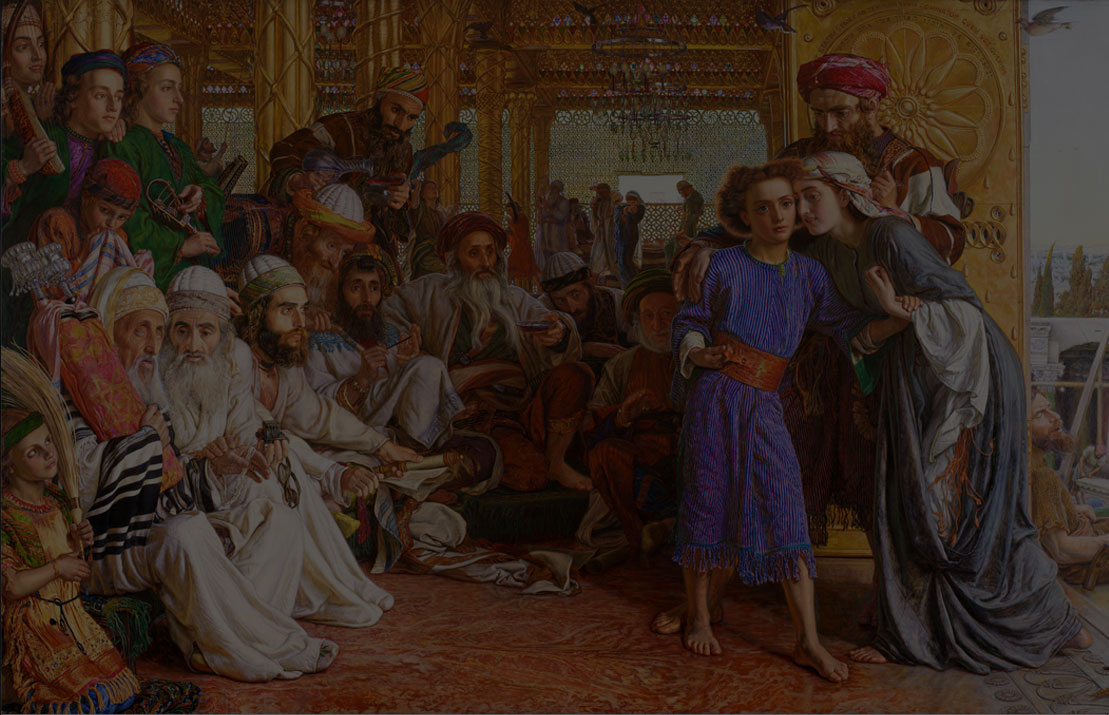Click on above image to view the slide show.
An artist too radical for the British art establishment, William Holman Hunt (1827–1910) nevertheless won such acclaim that he was buried with full state honors in St. Paul’s Cathedral, alongside the likes of Sir Joshua Reynolds and J. M. W. Turner. A perfectionist, Hunt produced relatively few paintings, but each of his major pictures attracted huge crowds when publicly exhibited. He was one of the first artists to manipulate the media and to command both international fame and enormous prices
This exhibition interprets Hunt's work in a new light, revealing an artist who grappled with the issues of the day. Sometimes gritty, never conventional, Hunt's art addressed the conflicts between East and West, the crisis of faith in the age of Darwin, the evolving role of women in society, and the complex relationship between the sexes. His belief in the importance of spiritual discovery and personal redemption led Hunt to illustrate moments of profound insight and revelation, while his melding of romantic idealism, scientific rationalism, and overt moralizing had widespread appeal in Victorian England.
The arrangement of the exhibition is thematic, beginning with celebrated paintings by Hunt and other members of the Pre-Raphaelite Brotherhood, including works that examine the changing roles of men and women in society. Other themes are portraiture, the artist's sojourns in the Middle East, his interest in textiles, and his search for authenticity in the depiction of biblical subjects. The final gallery features The Light of the World, Hunt's most famous religious painting, and The Lady of Shalott, inspired by Tennyson's popular poem.
Organized by the Art Gallery of Ontario, Toronto, Canada, in association with Manchester Art Gallery, Manchester, United Kingdom.


